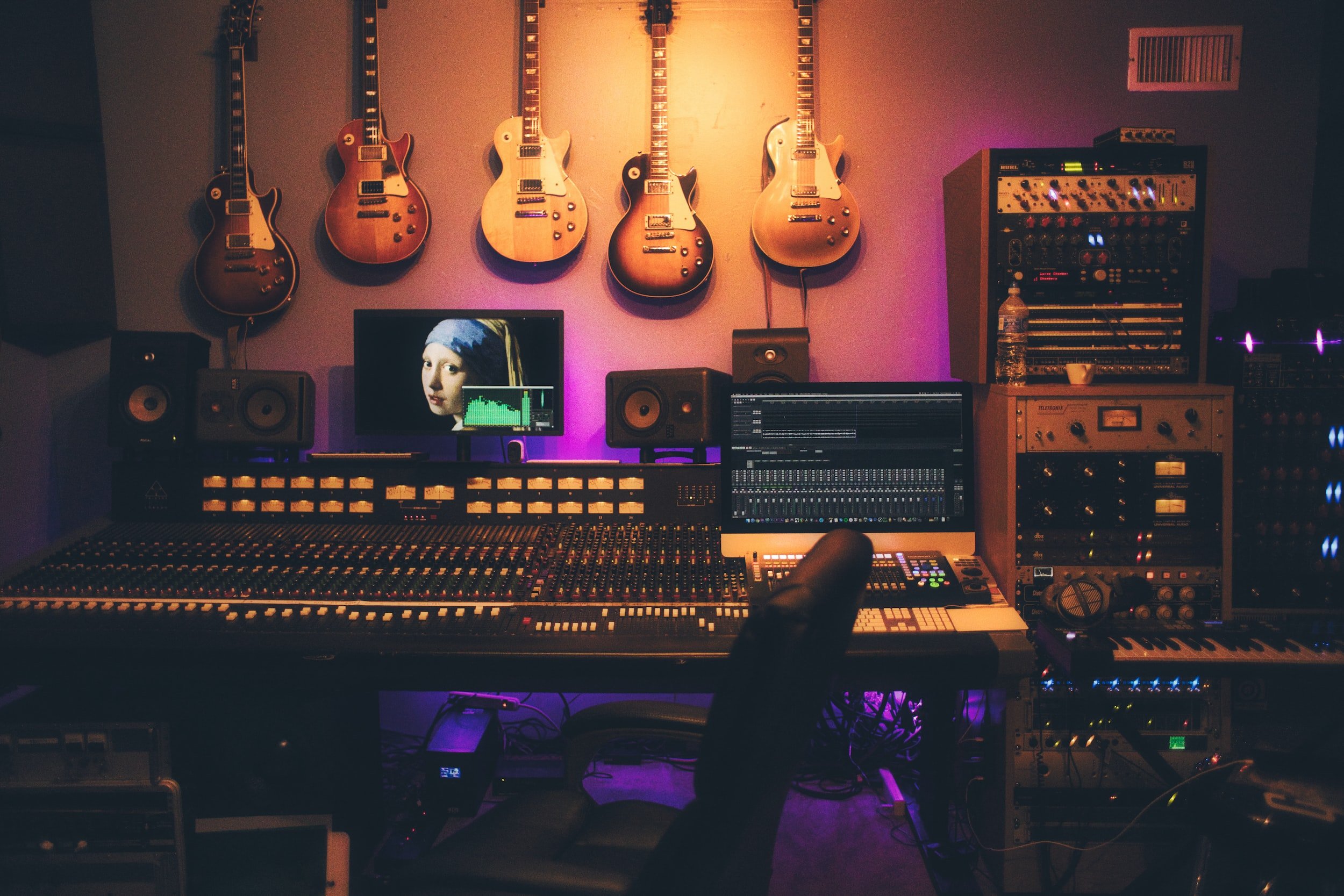Finding your unique sound as an artist or producer can feel like an overwhelming task in a world filled with endless music and constant innovation. However, carving out your own sonic identity is not just about standing out—it’s about discovering the authentic expression of your creativity. Whether you’re just starting out or looking to refine your style, this guide will help you navigate the process of finding your unique sound.
1. Discover Your Influences
One of the first steps in finding your own sound is understanding what influences you. The music you love and the artists you admire can offer insights into your tastes and preferences.
- Explore Various Genres: Dive into different musical styles, even ones you’re not familiar with. Whether it’s jazz, electronic, classical, or folk, each genre has something to offer. Pay attention to the instrumentation, rhythms, and melodies that resonate with you.
- Analyze Artists You Admire: What draws you to certain artists? Is it their songwriting, production, vocal style, or use of effects? Try to pinpoint the elements that captivate you. However, avoid the temptation to copy; instead, use their work as inspiration to fuel your own creative ideas.
Once you identify your influences, start combining different elements from them. This blend of diverse styles will begin to form the foundation of your unique sound.
2. Experiment with Sound Design and Instruments
Your sound is more than just the genre or style you work in—it’s also about the tones, textures, and instruments you choose to use.
· Sound Design: Explore different sound design techniques, such as synthesis, sampling, and effects. Learning to craft your own sounds or manipulate existing ones allows you to tailor a sonic palette that’s entirely your own. For instance, experiment with creating your own custom synth patches, tweaking drums, or layering unusual sounds into your tracks.
· Try Different Instruments: Don’t be afraid to step outside your comfort zone with instruments. Adding unexpected elements, like a violin in an electronic track or a distorted guitar in a pop song, can bring a new layer of uniqueness to your music. Even small changes, such as altering how you play a familiar instrument, can yield new creative results.
3. Find the Emotional Core of Your Music
Your sound is not just about how your music sounds—it’s also about how it feels. What emotions are you trying to convey through your music? Do you want your sound to be uplifting, melancholic, nostalgic, or intense?
· Identify Themes and Moods: Think about the themes and moods you naturally gravitate towards in your work. What stories are you trying to tell, and what emotions do you want to evoke in your listeners? These answers can guide your sound development.
· Lyrics and Songwriting: If you’re a songwriter, pay attention to the stories you want to tell through your lyrics. The way you write—whether abstract, direct, poetic, or narrative—can shape how your sound develops. Make sure the music and lyrics align emotionally, reinforcing the overall mood you want to create.
Focusing on the emotional core of your music ensures that your sound will resonate with authenticity, which is key to establishing a unique identity.
4. Develop Your Technical Skills
Technical mastery is essential to bring your creative vision to life. While some musicians thrive on spontaneity and intuition, understanding the technical side of music production gives you the control to shape your sound exactly the way you want it.
· Master Your Tools: Whether you’re working with instruments or digital production tools, know them inside out. The better you understand your DAW, synthesizers, effects, or instruments, the more freedom you’ll have to experiment and innovate. You should also look into singing classes London UK to truly understand how to make an impact with your voice.
· Mixing and Effects: Learn how to use EQ, compression, reverb, and other effects to sculpt your sound. The way you mix can dramatically change the feel of your music. For example, a dry, upfront vocal mix gives a different feel than a heavily reverbed, distant vocal sound. By playing with these elements, you can make your music sound distinct.
· Arrangement and Structure: Experiment with song structures and arrangements. Breaking away from traditional verse-chorus structures can set your sound apart and give your music a unique flow.
Having technical skills at your disposal will help you push creative boundaries while ensuring that your music sounds professional and polished.
5. Trust Your Instincts and Evolve Over Time
Your sound doesn’t need to be static. Allow yourself the freedom to evolve and adapt as you grow as an artist. What you may consider your unique sound today might shift and change over time as you gain experience, explore new ideas, or encounter different influences.
· Don’t Chase Trends: While it’s tempting to follow popular trends, doing so can stifle your authenticity. Instead, focus on what excites you personally. Your instincts are your best guide to creating music that’s true to who you are.
· Be Patient: Developing a unique sound takes time, and it can be tempting to rush the process. Give yourself the space to experiment and explore at your own pace. Consistency and perseverance are key.
Allow your sound to grow organically, and don’t be afraid of change. What’s most important is that your music feels true to you and speaks to the vision you have as an artist.
Wrapping Up
Finding your unique sound is a rewarding journey that requires exploration, patience, and self-discovery. By drawing inspiration from your influences, experimenting with sound design and instruments, developing your technical skills, and trusting your creative instincts, you’ll gradually uncover a sound that is authentically yours. Remember that your sound can evolve over time, so stay open to growth and change as you continue to create. In the end, your uniqueness will come through in your willingness to embrace both the art and the process.







